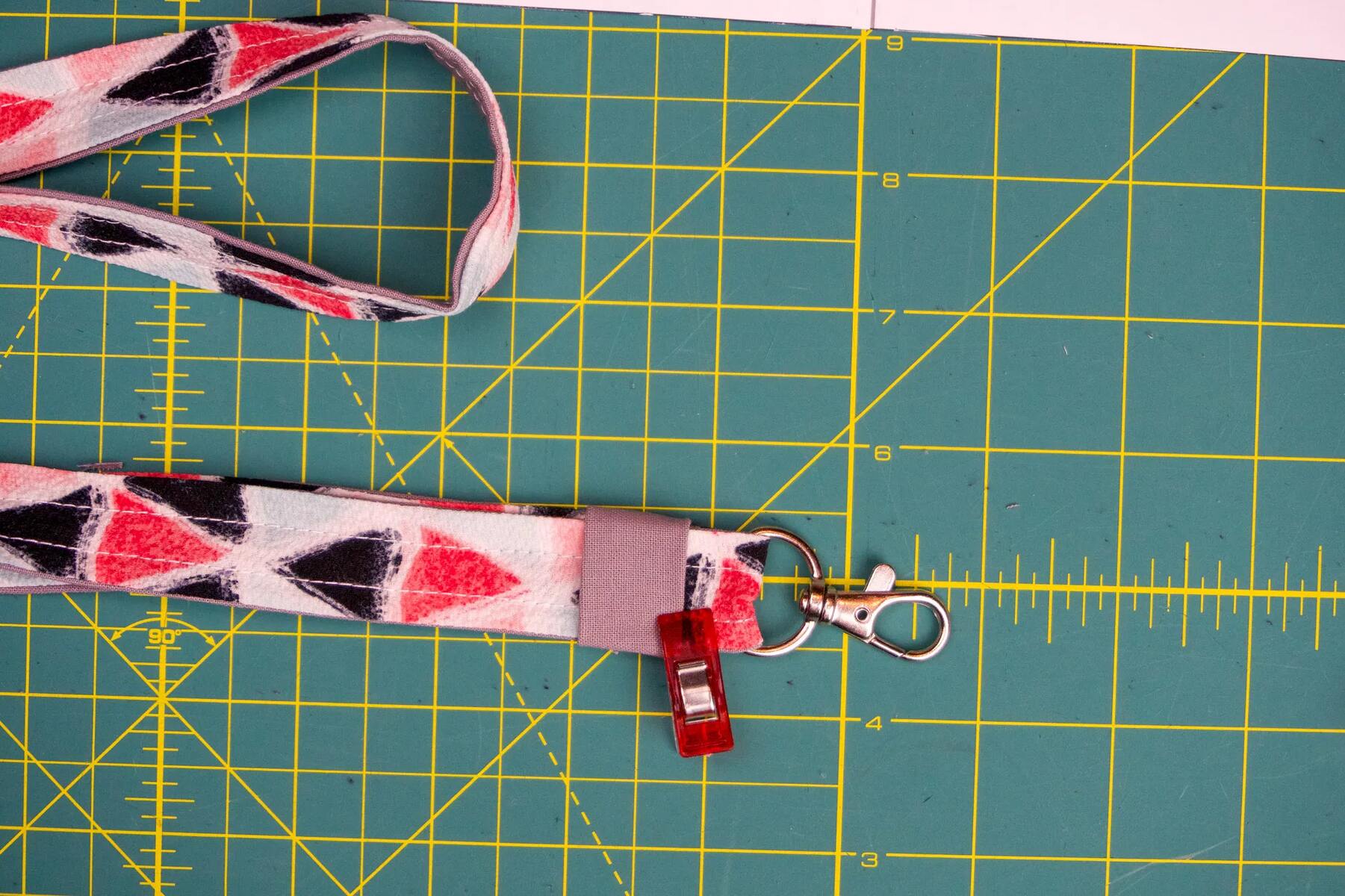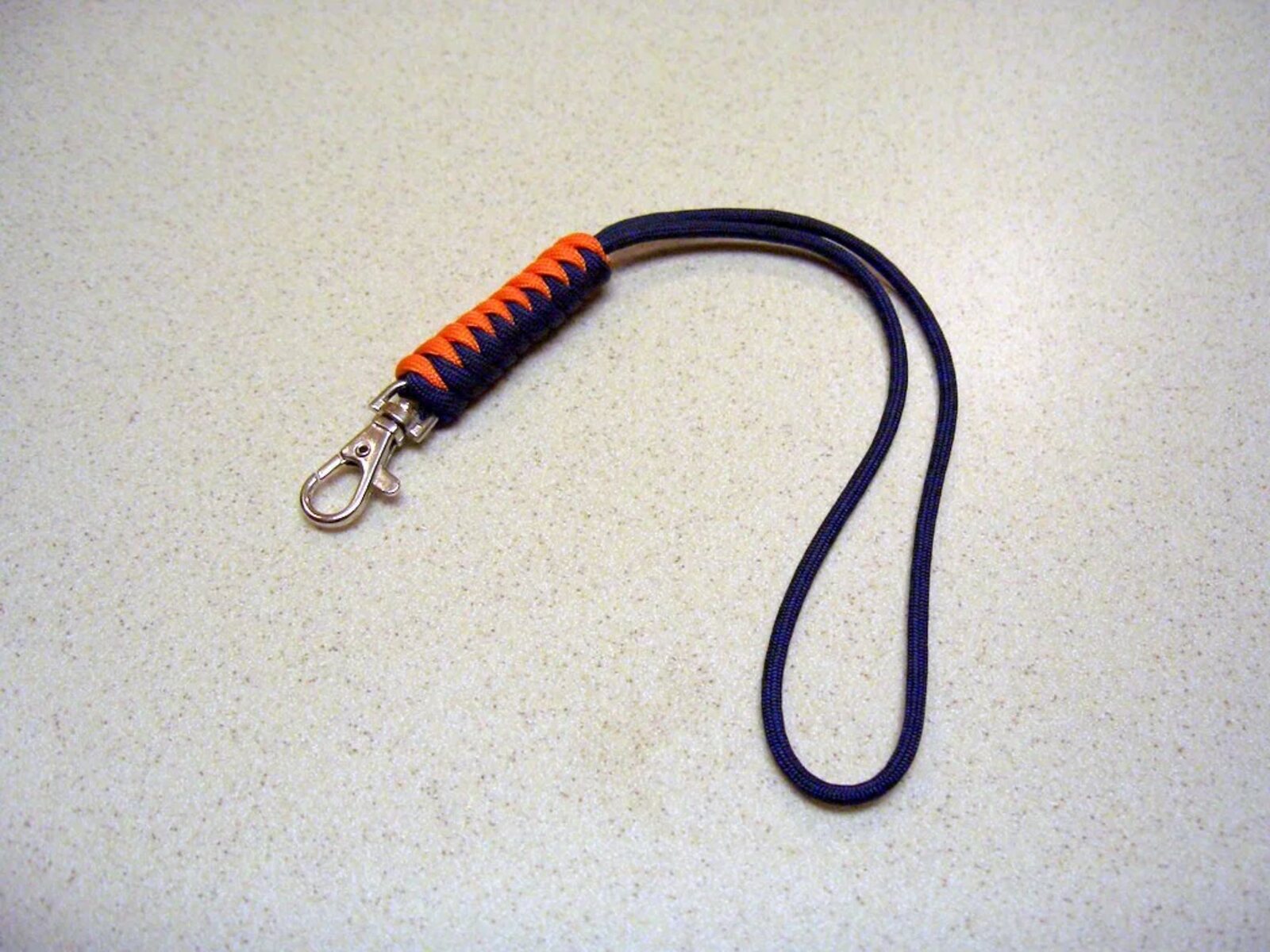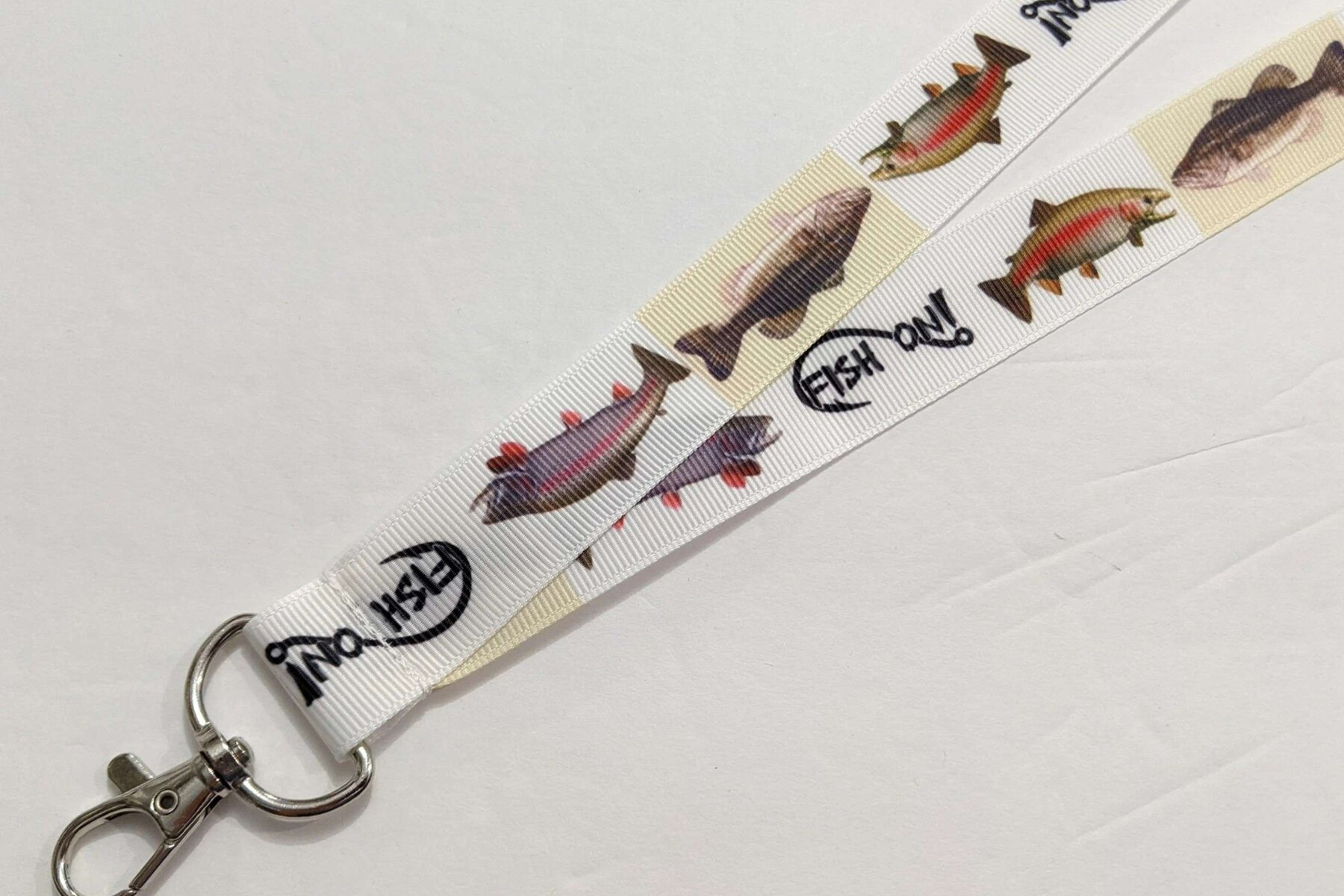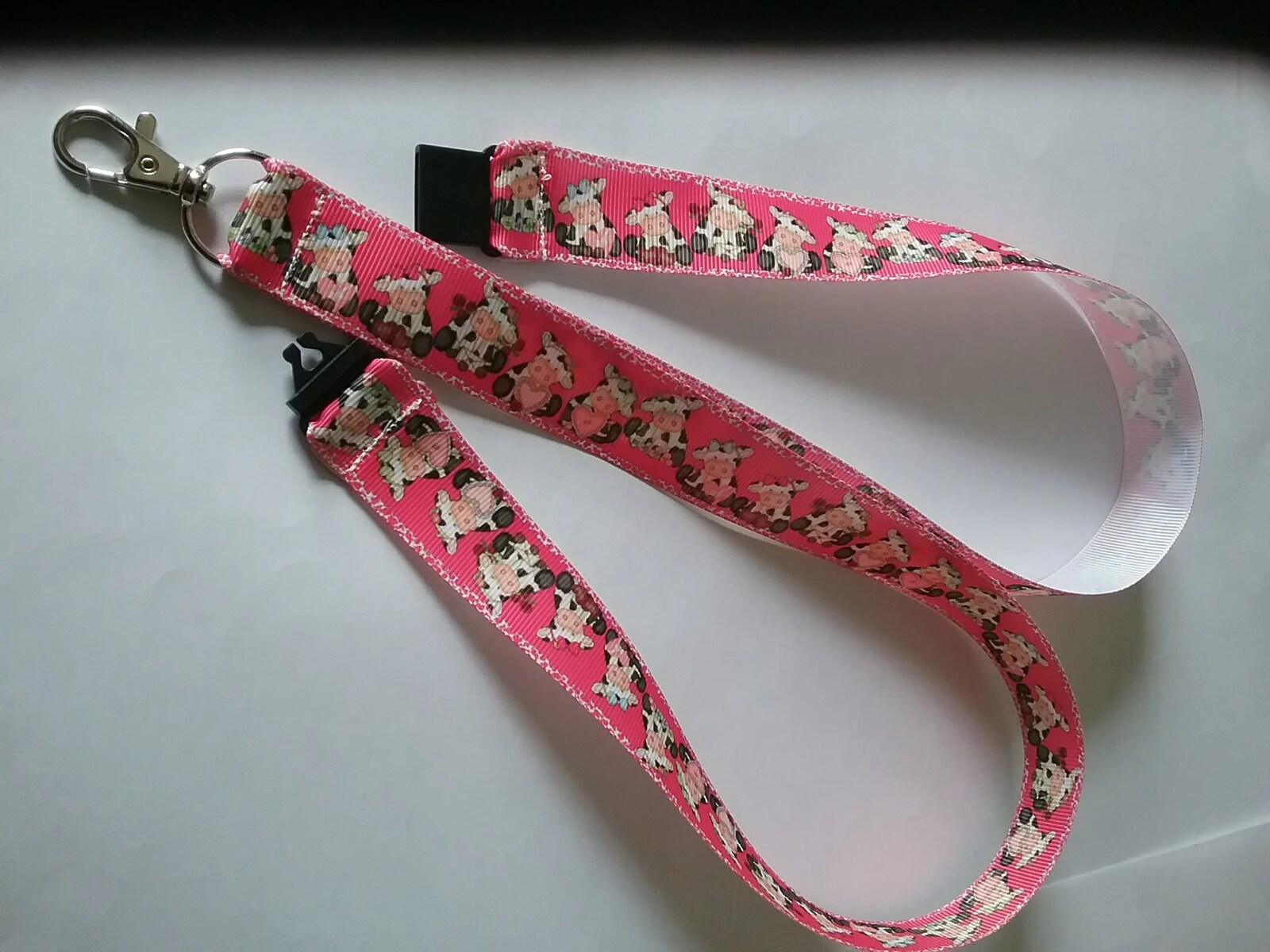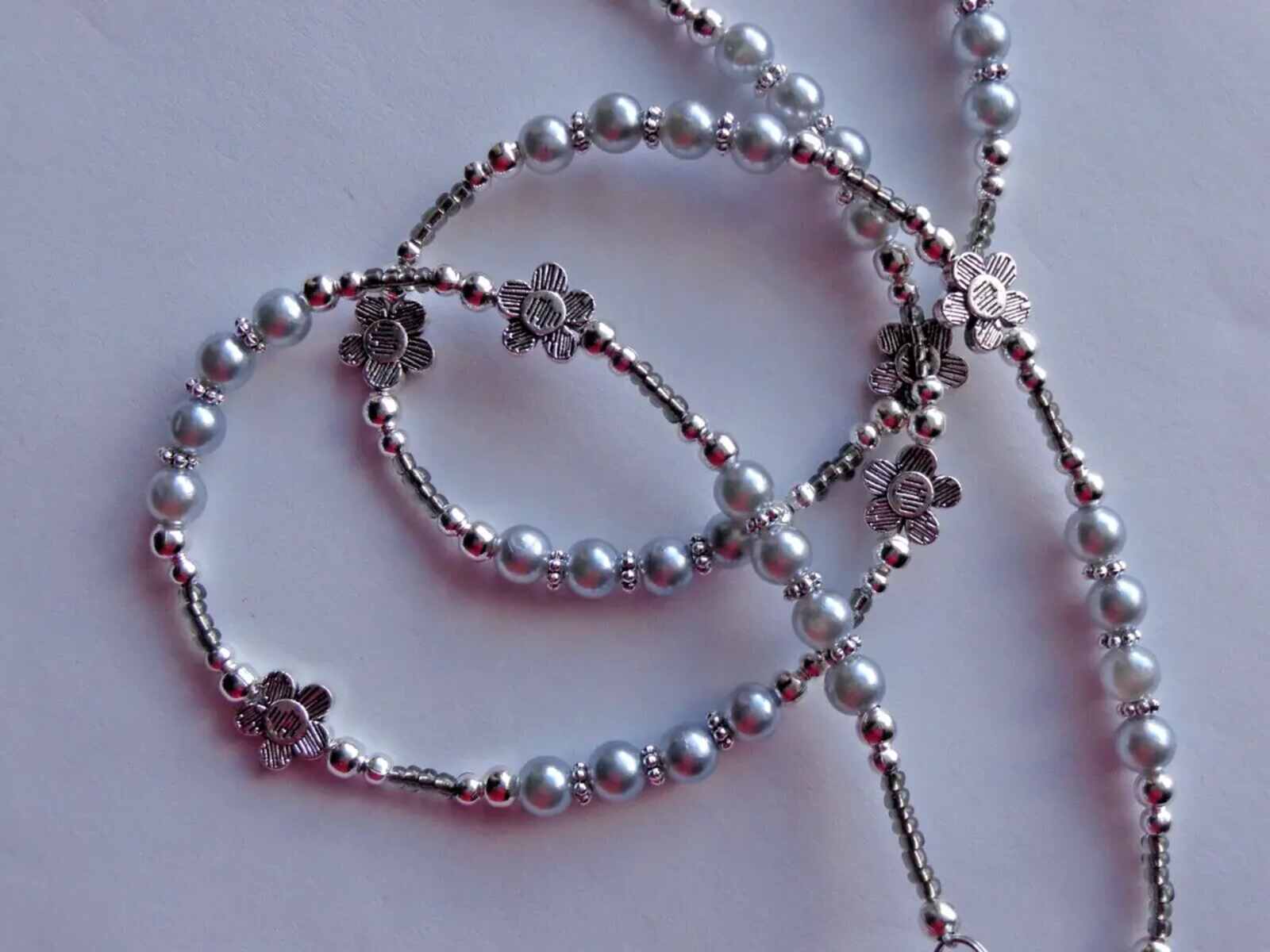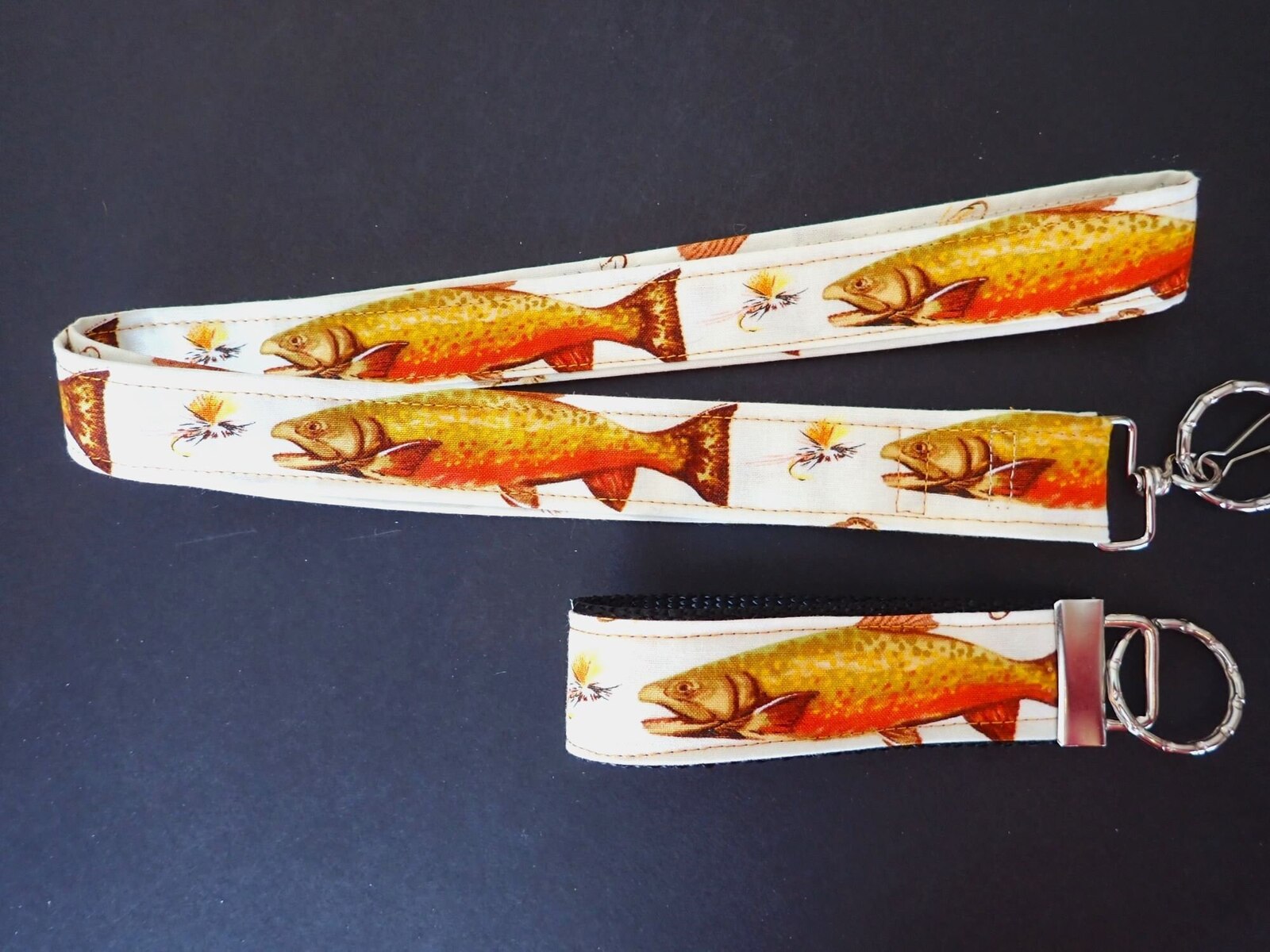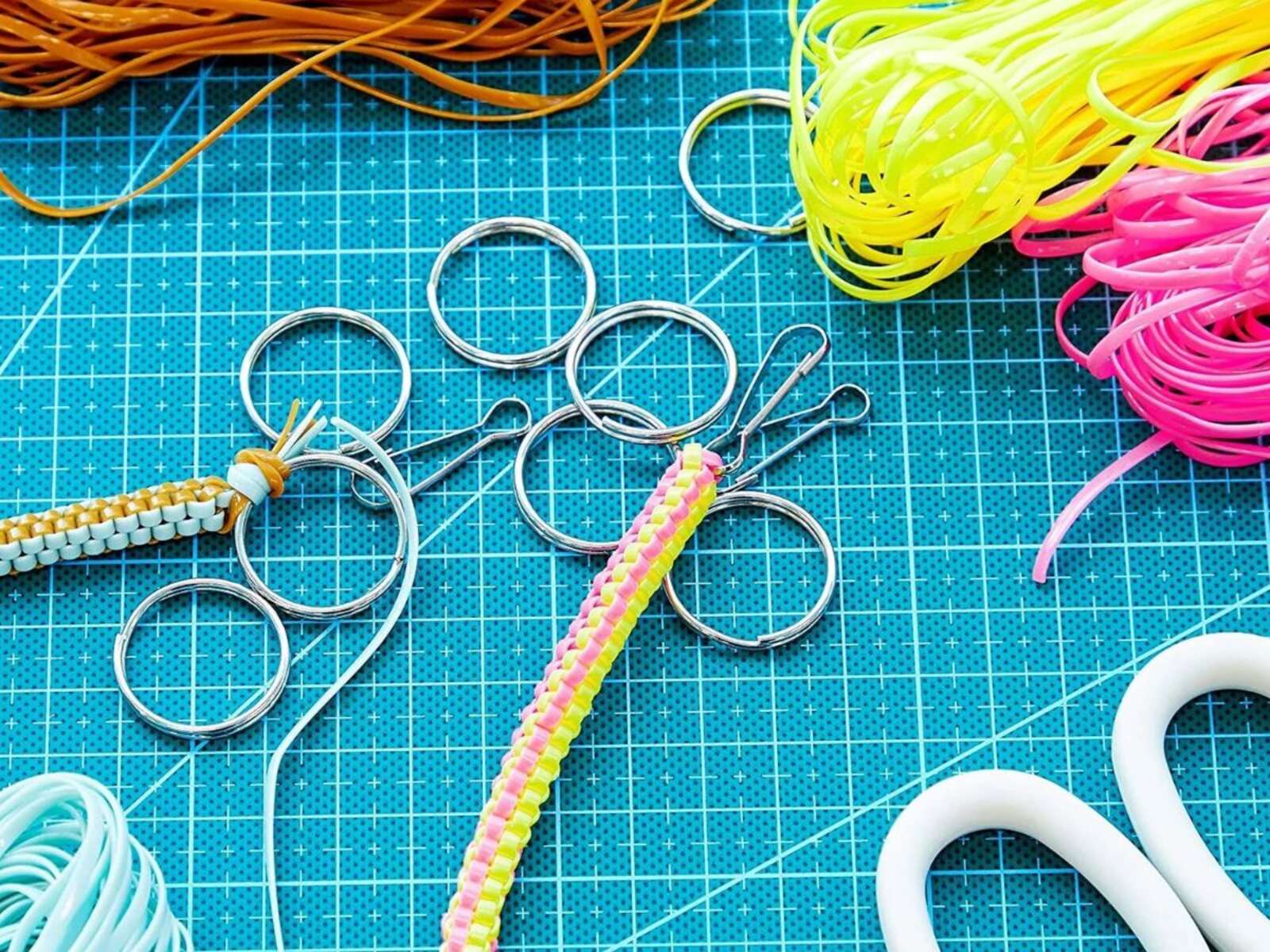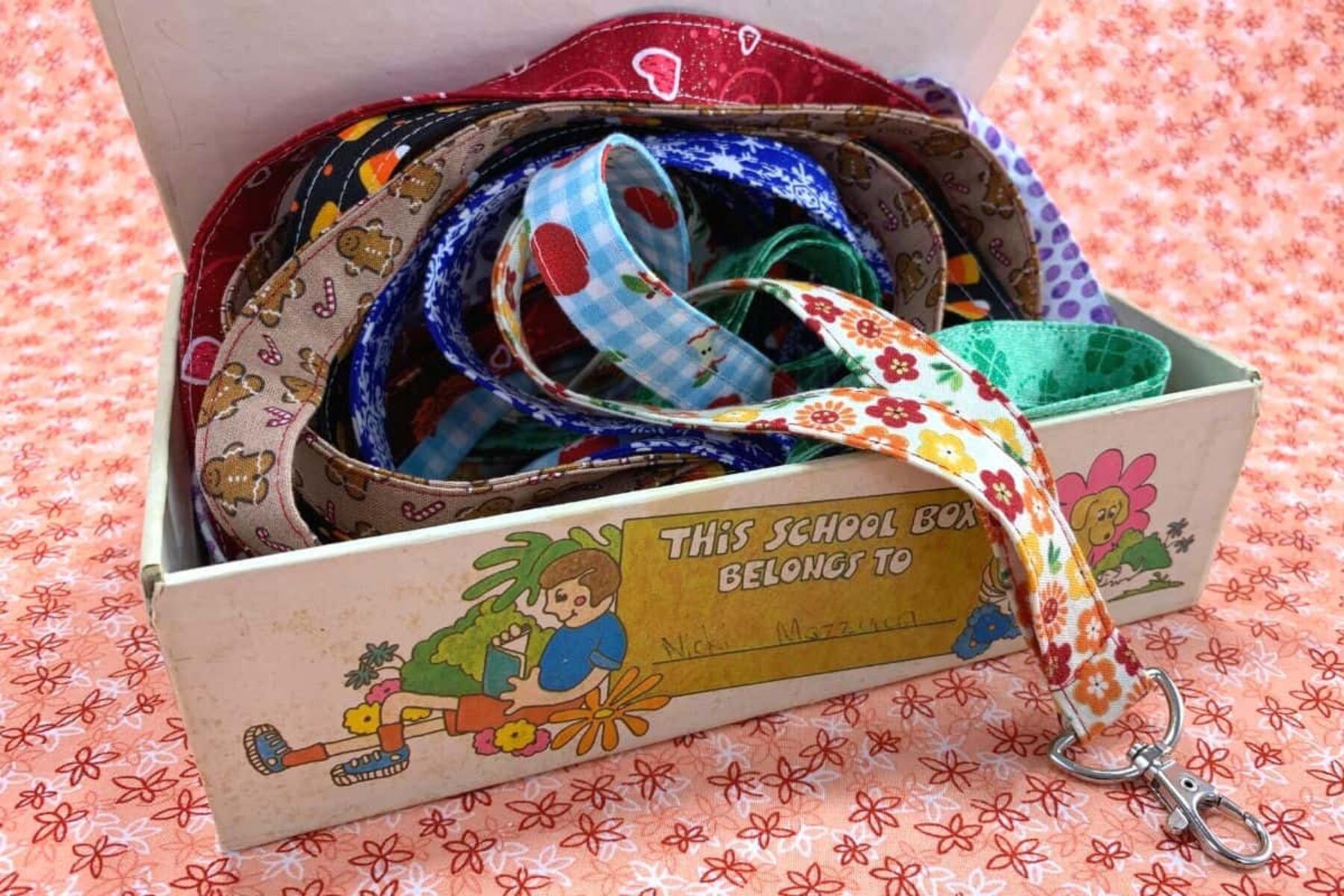Choosing the Right Closure
Selecting the appropriate closure for your lanyard project is crucial as it not only contributes to the overall aesthetics but also ensures the functionality and security of the finished product. With a myriad of closure options available, it's essential to consider the specific requirements and preferences for your lanyard.
1. Lobster Clasps: These are popular choices for lanyards due to their ease of use and secure locking mechanism. They come in various sizes, making them suitable for different lanyard widths.
2. Swivel Hooks: Offering flexibility and ease of movement, swivel hooks are ideal for lanyards that may need to accommodate various attachments or credentials. Their rotating feature prevents tangling and allows for smooth handling.
3. Key Rings: While commonly associated with keys, key rings can also serve as practical closures for lanyards, especially in settings where simplicity and cost-effectiveness are prioritized.
4. Breakaway Clasps: Safety is paramount, particularly in environments where the lanyard may be subject to pulling or snagging. Breakaway clasps are designed to release under pressure, reducing the risk of injury or accidents.
5. Magnetic Closures: For a touch of elegance and convenience, magnetic closures offer a sleek and modern alternative. They provide a seamless closure while adding a sophisticated flair to the lanyard design.
6. Cord End Fasteners: These closures are suitable for fabric or beaded lanyards, allowing for a neat and secure finish to the ends of the lanyard.
When selecting the right closure, it's important to consider factors such as the intended use of the lanyard, the material of the lanyard itself, and the overall design aesthetic. By carefully evaluating these aspects, you can ensure that the chosen closure not only complements the visual appeal of the lanyard but also meets the practical requirements, resulting in a well-rounded and functional finished product.
Adding Decorative Elements
Incorporating decorative elements into your lanyard project can elevate its visual appeal and personalize the final product. Whether you're crafting lanyards for personal use, gifting, or commercial purposes, the addition of decorative elements allows for creative expression and customization.
-
Beads and Charms: Integrate beads and charms into the lanyard design to infuse personality and flair. Beads come in various shapes, sizes, and materials, allowing for endless customization possibilities. From vibrant glass beads to elegant metal charms, these embellishments can reflect individual style or convey a specific theme.
-
Ribbons and Fabric: Introducing ribbons or fabric strips can add texture and color to the lanyard, creating a visually appealing and tactile experience. Whether using satin ribbons for a luxurious touch or patterned fabric for a whimsical effect, these materials offer versatility in enhancing the lanyard's overall aesthetic.
-
Pendants and Pendants: Incorporating pendants and pendants into the lanyard design can serve as focal points, adding a touch of elegance or personal significance. From intricate pendants with symbolic meanings to personalized name pendants, these adornments contribute to the lanyard's uniqueness.
-
Customized Printing: Utilize customized printing techniques to add logos, slogans, or intricate patterns to the lanyard material. This option is particularly beneficial for corporate branding, events, or promotional purposes, allowing for brand visibility and recognition.
-
Embroidery and Appliqué: For a more intricate and durable embellishment, consider embroidery or appliqué to adorn the lanyard. These techniques enable detailed designs, intricate patterns, and text to be incorporated, resulting in a professional and long-lasting decorative element.
By integrating these decorative elements, you can transform a standard lanyard into a personalized and visually captivating accessory. Whether aiming to express individuality, promote a brand, or enhance a special event, the addition of these embellishments adds a unique touch to the lanyard, making it a standout accessory for various occasions.
Securing Loose Ends
Ensuring that the loose ends of a lanyard are properly secured is essential for both the aesthetic appeal and functionality of the finished product. It not only contributes to the overall durability of the lanyard but also prevents fraying or unraveling over time. By employing effective techniques to secure the loose ends, the lanyard can maintain its integrity and visual appeal, providing long-lasting utility.
Heat Sealing or Fray Check
One of the most common methods for securing loose ends is heat sealing, particularly for lanyards made of synthetic materials such as polyester or nylon. This process involves using a heat source, such as a lighter or special heat-sealing tool, to melt the ends of the lanyard, creating a sealed edge that prevents fraying. Alternatively, fray check, a liquid sealant, can be applied to the ends to provide a similar protective effect.
Stitching and Sewing
For fabric-based lanyards, stitching or sewing the loose ends is a reliable way to secure them. This method not only prevents fraying but also adds a decorative touch, especially when using contrasting thread colors or intricate stitching patterns. By carefully stitching the ends, the lanyard gains a professional finish while ensuring the longevity of its construction.
Knotting Techniques
In instances where the material allows, knotting the loose ends can serve as a practical and decorative solution. For instance, braided or paracord lanyards can utilize knotting techniques such as the overhand knot, square knot, or decorative macramé knots to secure the loose ends while adding visual interest. These knots not only prevent unraveling but also contribute to the lanyard's overall design.
Crimping and Metal Fasteners
Metal crimps or fasteners can be utilized to secure the loose ends of lanyards made from materials such as leather, suede, or metal chains. By crimping the ends with specialized tools or using metal fasteners designed for this purpose, the lanyard achieves a polished and secure finish, ensuring that the loose ends remain intact and resistant to wear.
By employing these techniques to secure the loose ends of lanyards, crafters and designers can ensure that the finished products are not only visually appealing but also durable and long-lasting. Whether using heat sealing for synthetic materials, stitching for fabric lanyards, knotting for decorative effects, or metal fasteners for specialized materials, securing the loose ends is a critical step in the lanyard-making process.
Testing Durability and Functionality
Ensuring the durability and functionality of a lanyard is paramount to its effectiveness in various settings. Rigorous testing procedures are essential to validate the lanyard's ability to withstand everyday wear and tear while fulfilling its intended purpose. By subjecting the lanyard to comprehensive assessments, designers and manufacturers can instill confidence in the product's quality and reliability.
Tensile Strength Testing
Tensile strength testing is a fundamental evaluation method to determine the lanyard's ability to withstand tension and pulling forces. This test involves applying increasing amounts of force to the lanyard until it reaches its breaking point. By measuring the maximum force the lanyard can endure without breaking, designers can ascertain its tensile strength and resilience.
Abrasion Resistance Assessment
Abrasion resistance testing involves simulating friction and wear on the lanyard's surface to evaluate its resistance to abrasion. By subjecting the lanyard to rubbing, scraping, or surface contact, designers can assess its ability to maintain integrity and appearance over time, particularly in high-friction environments.
Functional Attachment Testing
Functional attachment testing focuses on the lanyard's ability to securely hold and display items such as identification badges, keys, or electronic devices. This assessment ensures that the attachments remain firmly in place without compromising the lanyard's structural integrity. It also validates the practical functionality of the lanyard in real-world usage scenarios.
Environmental Exposure Trials
Exposing the lanyard to various environmental conditions, including temperature extremes, moisture, and UV exposure, allows for comprehensive durability testing. This process assesses the lanyard's resistance to environmental factors, ensuring that it maintains its structural integrity and visual appeal in diverse settings.
Safety Compliance Verification
Conducting safety compliance verification involves ensuring that the lanyard meets industry standards and regulations for safety and quality. This includes assessing breakaway features, choking hazards, and overall safety considerations to guarantee that the lanyard is safe for its intended use.
By subjecting lanyards to these rigorous testing procedures, designers and manufacturers can confidently deliver products that meet or exceed quality standards. This commitment to durability and functionality not only ensures customer satisfaction but also establishes the lanyard as a reliable and trusted accessory in a wide range of applications.







